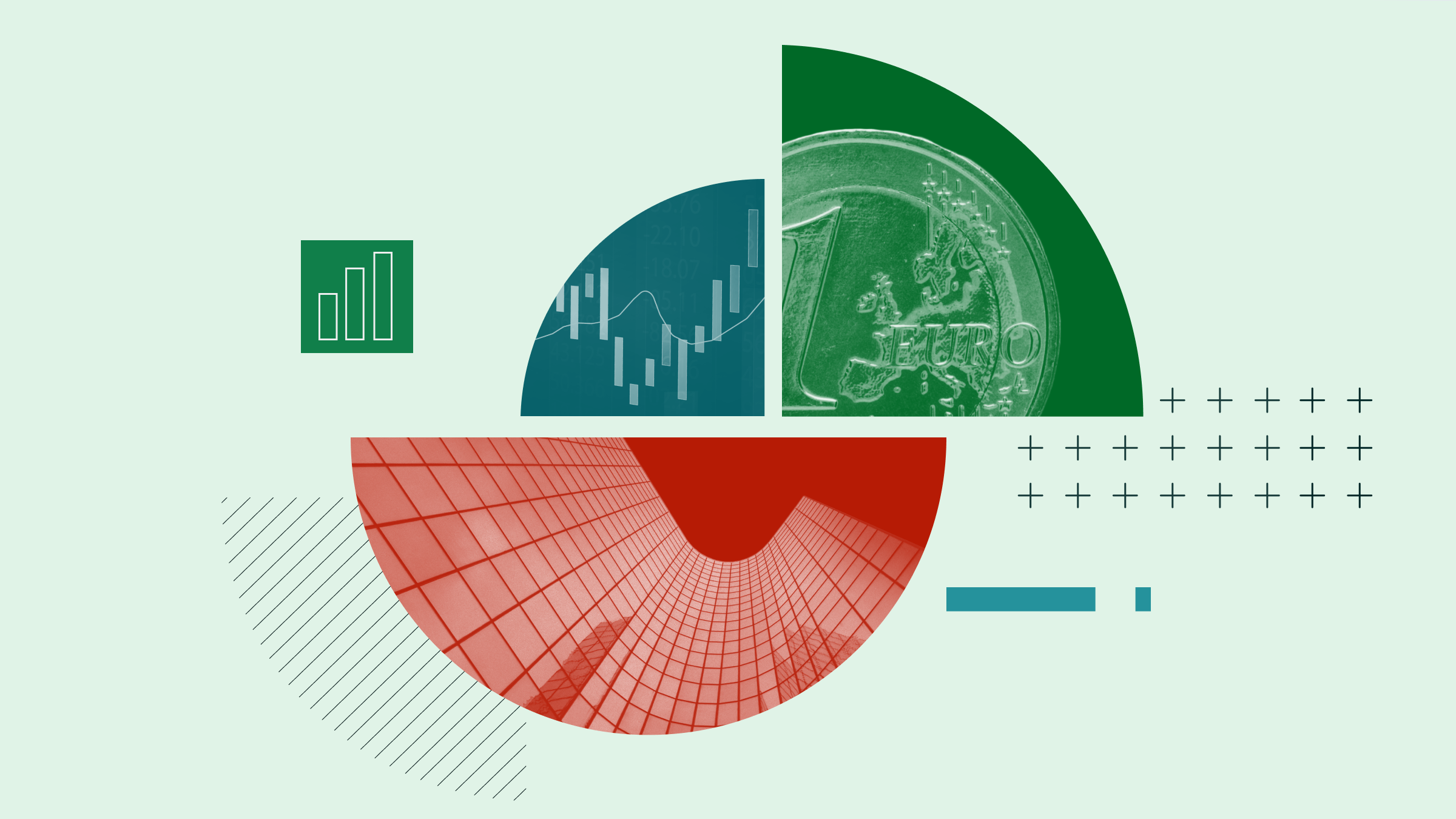Christine Benz: Hi, I'm Christine Benz for Morningstar.com. Investing well is in large part about avoiding the big mistakes. Joining me to share some of the pitfalls that ETF investors can fall into is Alex Bryan. He is director of passive strategies research in North America for Morningstar.
Alex, thank you so much for being here.
Alex Bryan: Thank you for having me.
Benz: In the November issue of ETFInvestor, you and the team took a look at how investors, ETF investors, can avoid making some of the big mistakes that we see investors make. One of the big ones is overpaying for investments. As we know, ETFs are differentiated in large part by their costs. How can investors avoid overpaying for ETFs?
Bryan: I think the best thing to do here is to look at similar ETFs that offer comparable exposure and look at the price tag. If the fund that you are looking at charges a multiple of what you can get elsewhere for a fraction of the price, it should be a red flag for you.
A good example of this is the iShares MSCI Emerging Markets ETF, which charges 72 basis points, which is expensive for any index fund to begin with, but it's even more egregious when you see that iShares Core MSCI Emerging Markets ETF, which offers exposure to a slightly broader version of that index, charges a very low 14 basis points expense ratio. You should really look at the competitive set and make sure that you are getting a fair deal.
Benz: That's a fairly easy apples-to-apples comparison, but how about if it's a fancier strategy, maybe it's one of the strategic beta or a factor ETFs where there is not necessarily a directly comparable counterpart. How can I avoid making big mistakes there and maybe overpaying for something that I could get more cheaply elsewhere?
Bryan: That's a good point. A lot of smart beta strategies try to give you better returns, but oftentimes they end up just kind of repackaging what you can get elsewhere more cheaply. A good example of this is First Trust Large Value AlphaDEX ETF, which charges 62 basis points. That's quite expensive. It offers a slightly deeper value tilt than most large-cap value strategies. But the biggest differentiator here is how it weights its holdings. It applies a tiered equal weighting approach which basically causes it overweight some of the smaller names in the large-cap space. But if you look at that fund's performance relative to a mid-cap value index fund, it actually has underperformed the mid-cap value index, and it performs a lot more in line with the mid-cap value indexes out there than it does a large-cap value index.
When you think about the fact that you can get exposure to the Vanguard Mid-Cap Value ETF for 7 basis points, it's really hard to justify paying 62 basis points for that alternatively weighted approach. Again, I think you should pay a lot of attention to how the fund is weighted. Anytime you find a fund that's equal weighted, a lot of times that just means it's going to behave more like a smaller cap version of whatever strategy you are looking at.
Benz: I know that the analyst team actually calls out close competitors. In the analyst report it will say, from a looking at a fund, say that First Trust fund, it will show me what are some competitors that invest in a similar fashion but might do so more cheaply.
Bryan: That's right. Every section of our ETF reports, we have an alternative section which calls out again the competitors that might do it more cheaply.
Benz: That's good to know. Let's talk about risk, because that is another area where investors can get themselves into trouble. They maybe are buying ETFs or other types of products that are taking too much risk and that might feel OK on the way up but not so good on the way down. How can investors make sure that they are not taking on too much risk if they are looking at a given product?
Bryan: I think, there's two ways to look at risk. Number one, you can look at backward-looking performance data. For example, you can look at how much a fund's returns have bounced around. Typically, more volatile funds have bigger drawdowns than less volatile funds. You can also look at how funds have done in past market downturns. Even though no two market downturns are exactly alike, typically funds that have underperformed in past downturns are more likely to do so in the future. Those are the performance metrics you can look at.
I also think it's important to look at the composition of the portfolio to get a better handle on forward-looking measures of risk. Anytime you have really high concentration to a certain sector or to individual stocks, that can be a red flag. Even if you don't see the risk in the backward-looking data, it can still be there. For example, mortgage-backed securities looked pretty safe in the mid-2000s, but …
Benz: Until they didn't.
Bryan: Until they didn't. Right. Anytime you have large exposure to a certain area of the market, that is a risk that you should be mindful of.
Benz: Let's talk about index construction, because you can say falling for some ill-constructed index is a way that ETF investors can get themselves into trouble. What do you mean by that? What's an example of an index that is not constructed in a sensible way in your view?
Bryan: Sometimes it's really obvious. If something is following a nonsensical selection or weighting approach, it means that it doesn't have any fundamental economic rationale behind it. An example that I like to think of is the ProShares sponsors ETF, which basically targets global stocks that either sponsor professional U.S. sporting teams or have broadcasting rights with those teams.
If you think about that, there really isn't any good rationale for that. There is no reason why those types of companies should offer better stock returns. There is no evidence that suggests that firms that do that will even perform similarly to one another. In fact, you just end up owning a lot of consumer names and you can get that exposure more cheaply with a consumer ETF, a sector ETF. It's important to make sure that there's some sensible rules in place that makes sense, that have strong economic rationale behind how it's put together.
Benz: Alex, thank you so much for being here to discuss the mistakes that ETF investors should avoid.
Bryan: Thank you for having me.
Benz: Thanks for watching. I'm Christine Benz for Morningstar.com.





















